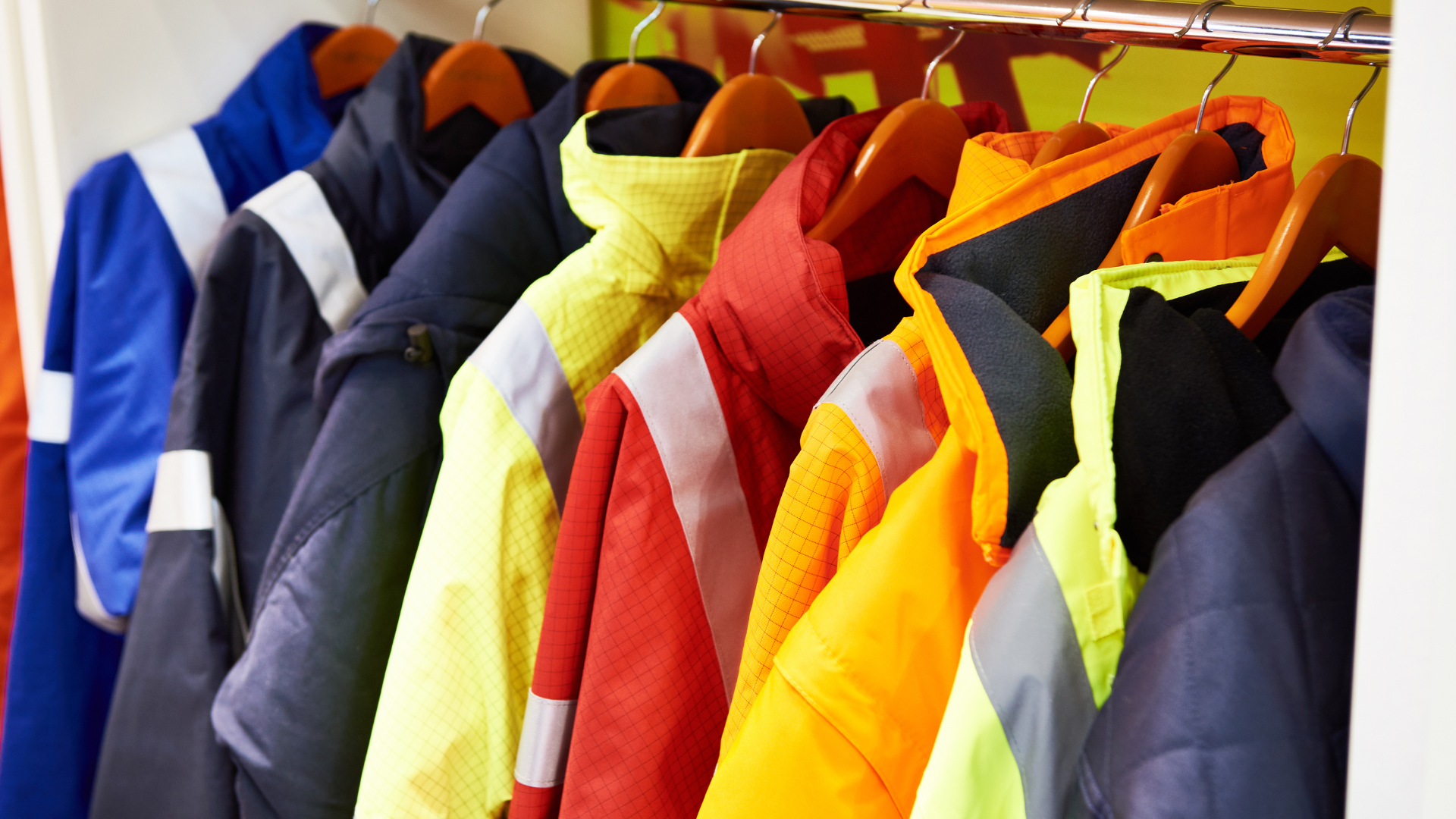May 15, 2023

5 reasons to track workwear with UHF RFID
Laundries specializing in the maintenance and rental of work clothes offer multiple types of uniforms for various sectors (industry, medical, catering, hotels, firefighters) and different uses. Washing programs vary significantly from one textile to another. The durability of the garments and their regulatory compliance, especially for personal protective clothing, requires a rigorous follow-up
RFID [radio frequency identification] allows to automate and simplify the follow-up of the washing of professional clothes. Each garment is identified by an RFID tag, ensuring its traceability during the cleaning cycle.
Here are 5 reasons to choose this technology for efficient monitoring of your professional laundry processing.
Optimized management of the linen flow and of the entries/exits
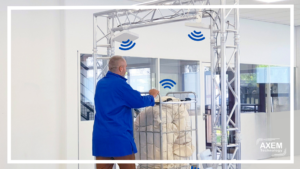
RFID makes it easy to track the collection of dirty laundry and the delivery of clean laundry, with complete transparency for the customer and the laundry. More globally, this data capture technology provides real-time visibility of circulating and non-circulating laundry flows.
On arrival at the laundry, the linen is scanned by a fixed RFID reading system - gantry or cabin - or a mobile Reader , allowing the return of linen to be recorded in the database. At the same time, all clean linen delivered is scanned.
Thus, RFID guarantees a control of the flows, allowing in particular to prioritize the washings and/or the deliveries of linen according to the needs of the customer.
Drastic reduction of losses
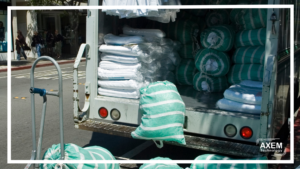
The loss of linen is frequent and represents a significant cost for laundries. The traceability of clothes by RFID gives access to the history of this one and facilitates its research. Thanks to a geolocation function, a Reader mobile RFID allows to find an article in a locker, in a stock or in the corner of a building, in a laundry as well as in a company, a hospital, a factory...
Controlled life span
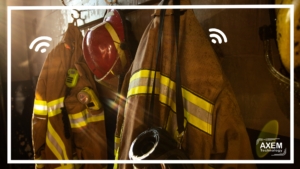
Despite regular visual inspection, it is difficult to assess the ageing of professional clothing and especially protective textiles. The ageing of a garment depends on the conditions to which it is exposed, but also on the number of times it has been washed.
The RFID tagging of a garment allows the automated counting of the number of washes it has undergone and thus maximizes its use, anticipates its end of life and its replacement.
Respect for the specific maintenance of PPE
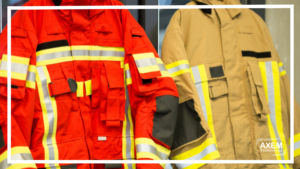
PPE (Personal Protective Equipment) clothing is made of specific materials to protect against various hazards, such as retroreflective or flame retardant materials.
These require proper maintenance to maintain their protective characteristics.
The integration of RFID in the laundry ensures the traceability of the PPE throughout the treatment cycle. Thus, the respect of the washing and drying programs adapted to the laundry is guaranteed. The technical characteristics of the textile are guaranteed.
100% hygiene control

Many establishments that receive at-risk patients (hospitals, rehabilitation centers, laboratories or EPHAD) use the RABC (Risk Analysis Biocontamination Control) method to implement actions to prevent microbiological contamination in their laundries. Controlling the storage of linen in the laundry is one of the key aspects of RABC. RFID allows for efficient management of linen in the laundry.
Thanks to the integration of the UHF chip, each piece of linen is traced from its entry into the laundry to its delivery. In addition, identifying the laundry via this technology makes it possible to limit the storage time of dirty laundry and to control the treatment of the laundry (quantity of detergent, time and temperature of washing and drying cycles).
You want to Know more on the traceability of professional clothing with UHF RFID? Contact us.

